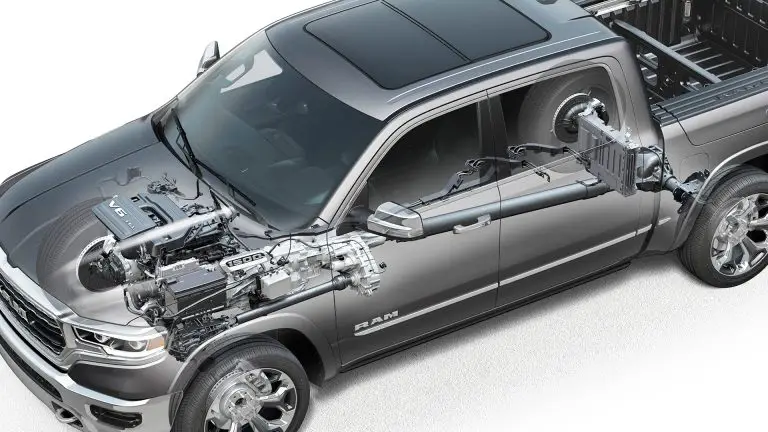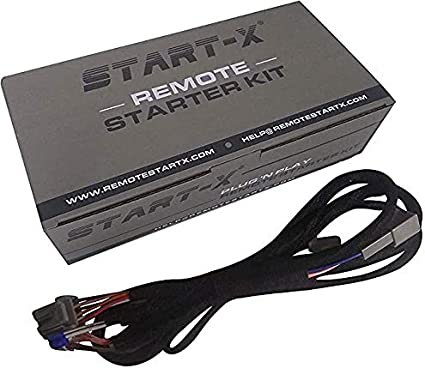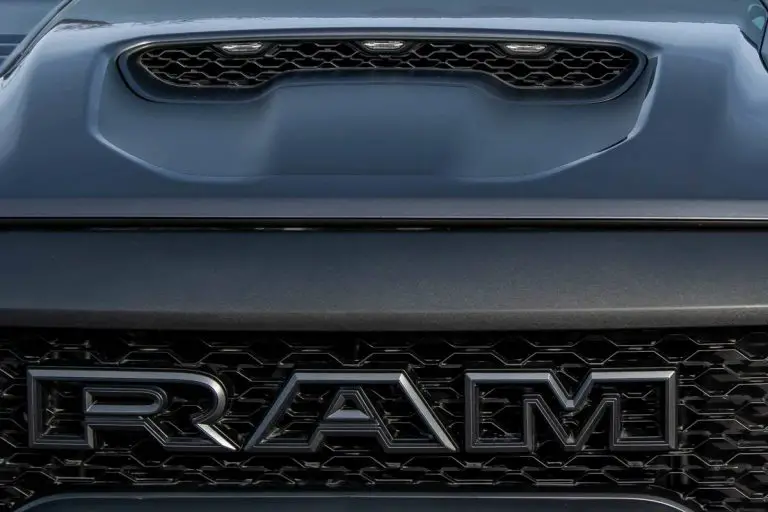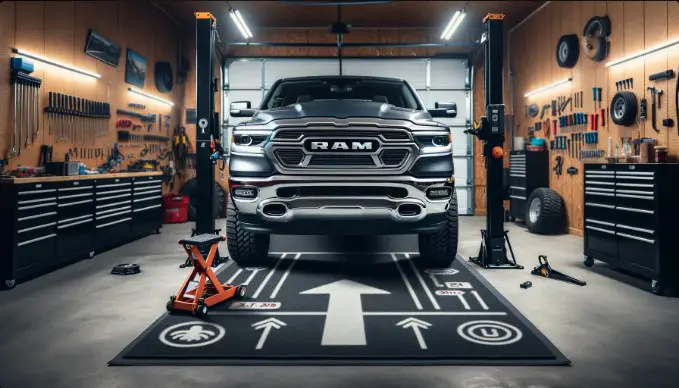5.7 to 6.4 Hemi Swap for Ram 1500: Upgrade Guide
If you own a Ram 1500 and want to upgrade your engine, swapping out a 5.7-liter Hemi for a 6.4-liter Hemi can be a great way to boost your truck’s performance. However, it’s not a simple process and requires some technical knowledge and mechanical skills. This post will provide a step-by-step guide to help you perform a successful 5.7 to 6.4 Hemi swap on your Ram 1500.
9 Steps 5.7 to 6.4 Hemi Swap for Ram 1500
Step 1: Acquire a 6.4-liter Hemi Engine
To begin your engine swap, you’ll need to acquire a 6.4-liter Hemi engine. You can purchase a new or used engine from a dealership or an online marketplace. Ensure you get a complete engine, including all necessary components such as the engine harness and ECU.
Step 2: Obtain a Transmission
You’ll need to use the same transmission that came with the 6.4-liter Hemi engine, as it may have different requirements compared to the 5.7-liter engine. Make sure that the transmission is in good condition and is compatible with the engine.
Step 3: Gather the Necessary Tools
Performing an engine swap requires a specific set of tools. Ensure that you have a socket set, wrenches, a hoist or lift, and an engine stand before starting your project.
Step 4: Remove the Old-Engine
Before removing the old engine, disconnect the battery, drain the engine coolant and oil, remove the engine covers, and disconnect all hoses, wiring, and mounts. Then, use a hoist or lift to remove the engine and set it aside.
Step 5: Install the New Engine
Next, install the 6.4-liter Hemi engine in place of the old engine. Ensure that all connections and hoses are securely attached, and use the engine stand to hold the engine in place.
Step 6: Connect the Transmission
Bolt the transmission to the new engine using the proper hardware. Ensure that the transmission is correctly aligned and attached.
Step 7: Reinstall all the Necessary Components
After connecting the transmission, reinstall all the necessary components, including the engine covers, belts, hoses, and wiring. Make sure everything is properly tightened and connected.
Step 8: Test the Engine
Start the engine and check for any leaks or other issues. Adjust as needed to ensure everything is working correctly.
Step 9: Perform a Test Drive
Take the vehicle for a test drive to ensure that it’s running correctly. Listen for any strange sounds and monitor the engine temperature and oil pressure.
Performing a 5.7 to 6.4 Hemi swap can be a challenging process, but with the right tools and knowledge, you can successfully upgrade your Ram 1500’s performance. If you’re unsure about any part of the process, don’t hesitate to consult a professional mechanic or a reputable guide. With some patience and diligence, you’ll have your upgraded engine roaring in no time.
Pros and cons of upgrading from a 5.7-liter to a 6.4-liter Hemi engine in a Ram 1500
| Pros | Cons | Description |
|---|---|---|
| Increased horsepower and torque | Decreased fuel efficiency | A larger engine typically consumes more fuel, resulting in lower fuel efficiency. |
| Improved acceleration | Increased cost | A 6.4-liter Hemi engine and necessary modifications can be more expensive than a 5.7-liter engine. |
| Better towing capabilities | Potential warranty concerns | Upgrading to a larger engine can potentially void the vehicle’s warranty or lead to other issues. |
| More aggressive exhaust note | Additional upgrades may be necessary | Depending on the vehicle’s existing components, other upgrades may be necessary to handle the new engine. |
| Enhanced overall performance | The more aggressive exhaust note | The difficulty of installation for inexperienced DIY |
Essential engine swap tools every DIYer should have
| Essential Engine Swap Tools | Description |
|---|---|
| Socket Set | A set of sockets in various sizes is essential for removing and installing bolts and nuts. |
| Torque Wrenches | Torque wrenches help ensure proper tightness and torque specifications for bolts and fasteners. |
| Hoist or Lift | A hoist or lift is necessary for removing and installing the engine. A lift can provide more stability and safety than a hoist. |
| Engine Stand | An engine stand is used to hold the engine in place during the installation process. This can make the process easier and more efficient. |
| Specialty Tools | Specialty tools such as an oil filter wrench or spark plug socket may be necessary for specific components or tasks during the engine swap. |
| Gloves, Eye Protection, and Fire Extinguisher | Safety equipment such as gloves and eye protection are necessary to prevent injury while working on the engine. A fire extinguisher should also be on hand in case of an emergency. |
How to troubleshoot common issues during a 5.7 to 6.4 Hemi swap
Performing a 5.7 to 6.4 Hemi engine swap can be a challenging project, and even with careful preparation, issues can arise. Knowing how to troubleshoot common problems can help prevent delays and ensure a successful installation.
One of the most common issues during an engine swap is wiring problems. It’s important to carefully label and document all wiring connections during the removal process to ensure proper reinstallation. If there are issues with the wiring, it’s important to use diagnostic tools and resources to identify the problem and address it.
Coolant leaks can also occur during an engine swap. To troubleshoot a coolant leak, inspect the hoses, clamps, and connections for any visible signs of damage or wear. It’s also important to check the engine block and cylinder head for cracks or other signs of damage.
Another issue that can arise during an engine swap is transmission misalignment. If the transmission is not properly aligned with the engine, it can cause shifting issues and other problems. To troubleshoot transmission misalignment, check the alignment of the engine and transmission mounts, and adjust as necessary.
Incompatible components can also be a problem during an engine swap. It’s important to ensure that all components are compatible with the new engine and that any necessary modifications are made. This includes components such as the exhaust system, fuel system, and cooling system.
To troubleshoot these and other issues during an engine swap, it’s important to have a clear understanding of the engine’s components and how they work together. Access to diagnostic tools and resources, such as wiring diagrams and repair manuals, can also be helpful in identifying and resolving issues. Consulting a professional mechanic or guide can also provide valuable insight and assistance during an engine swap project.
In summary, engine swaps can be complex projects that require careful planning and attention to detail. By knowing how to troubleshoot common issues, and having access to diagnostic tools and resources, DIYers can help prevent delays and ensure a successful engine swap.
Best practices for maintaining your new 6.4-liter Hemi engine
- Regular oil and filter changes:
It’s important to change the oil and oil filter at regular intervals, as recommended by the manufacturer. This will help keep the engine lubricated and prevent the buildup of harmful deposits.
- Monitoring coolant levels and engine temperature:
Keeping an eye on coolant levels and engine temperature can help prevent overheating and other issues. If the engine is running hotter than normal, it may indicate a problem that needs to be addressed.
- Checking for leaks:
Regularly inspecting the engine for leaks, such as oil or coolant leaks, can help prevent damage to the engine and other components.
- Inspect belts and hoses for wear:
Belts and hoses can wear out over time and cause issues if they break or fail. Regularly inspecting them for wear and replacing them as necessary can help prevent problems down the road.
- Using high-quality fluids and parts:
Using high-quality fluids and parts that are compatible with your engine can help ensure long-term performance and reliability.
- Following manufacturer recommendations:
It’s important to follow the manufacturer’s recommendations for maintenance and service intervals to ensure that the engine stays in top condition.
- Keeping the engine clean:
Regularly cleaning the engine and engine bay can help prevent the buildup of dirt and debris that can cause issues.
By following these best practices, you can help ensure that your new 6.4-liter Hemi engine stays in top condition for years to come.
The benefits of upgrading other components alongside your engine
Such as the transmission and exhaust system, while upgrading to a 6.4-liter Hemi engine can offer significant performance improvements, upgrading other components alongside your engine can further enhance your vehicle’s capabilities. Upgrading your transmission, for example, can ensure that it
Conclusion
In conclusion, upgrading to a 6.4-liter Hemi engine for your Ram 1500 can be an exciting and rewarding project. With increased power and torque, you can enjoy better acceleration, towing capacity, and overall performance. However, it’s important to carefully consider all aspects of the engine swap, including compatibility, cost, and necessary upgrades, to ensure a successful and satisfying outcome.
Whether you’re a seasoned mechanic or a DIY enthusiast, this guide has provided valuable insights into the 5.7 to 6.4 Hemi swap process. By following these tips and recommendations, you can increase the likelihood of a smooth and successful engine upgrade. And for those who may feel overwhelmed by the process, it’s always a good idea to consult with a professional mechanic for additional guidance and support.
So, if you’re ready to take your Ram 1500 to the next level with a 6.4-liter Hemi engine, start by carefully planning and preparing for the engine swap. And remember, always prioritize safety, quality components, and proper installation techniques. By doing so, you can enjoy the thrill and excitement of a more powerful and capable vehicle on the road or off the beaten path. Thanks for reading, and we hope to see you again soon for more informative and engaging automotive content!






